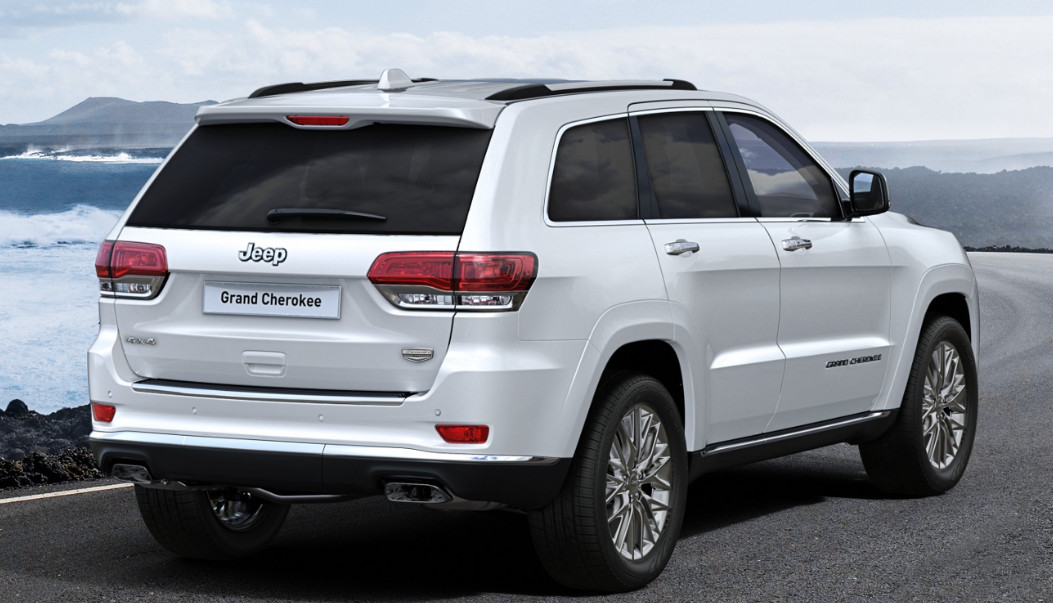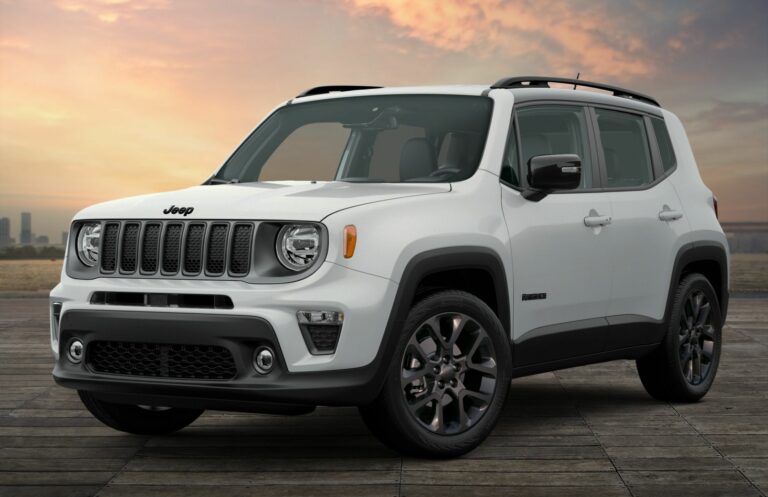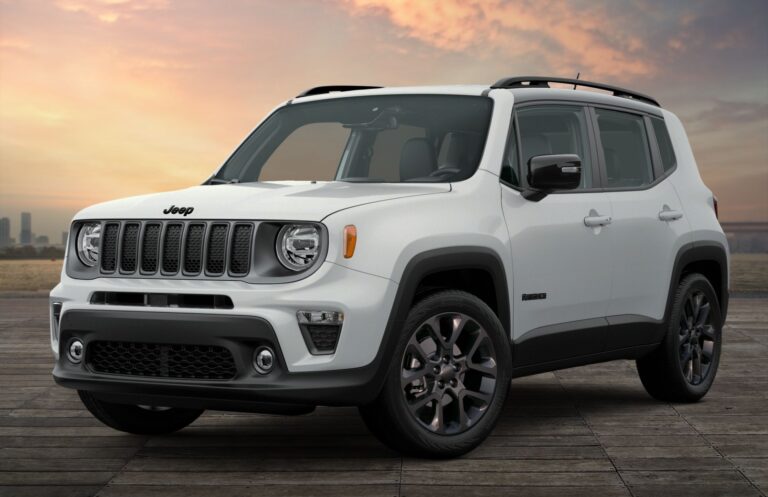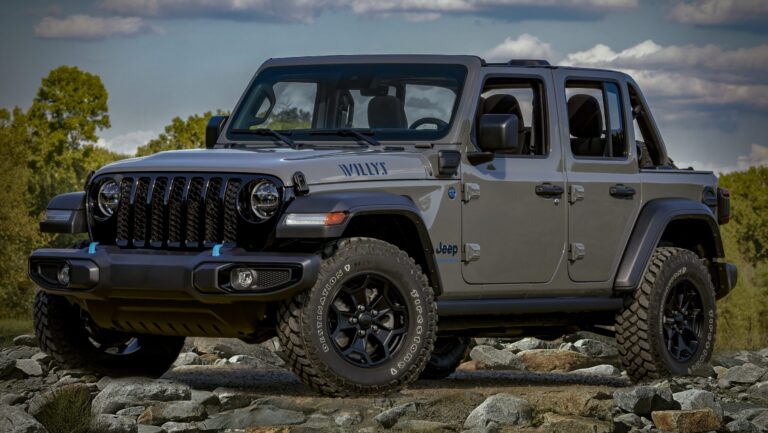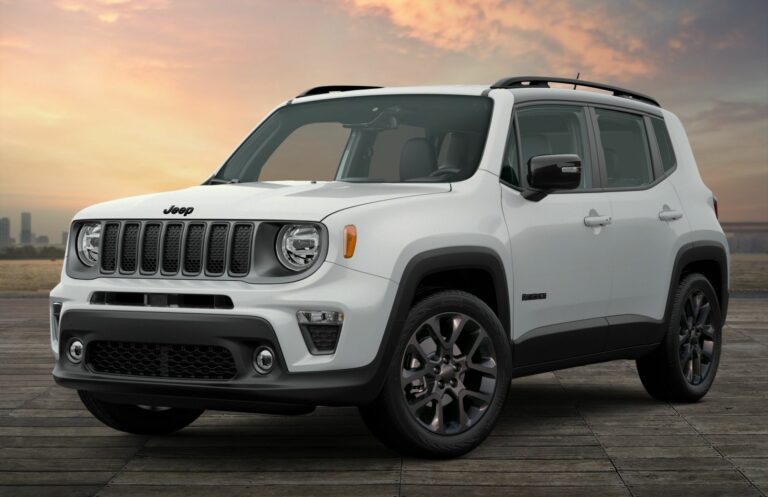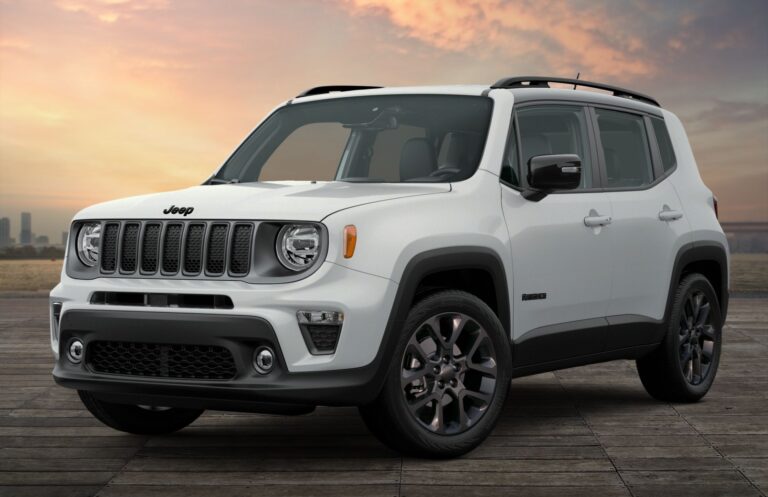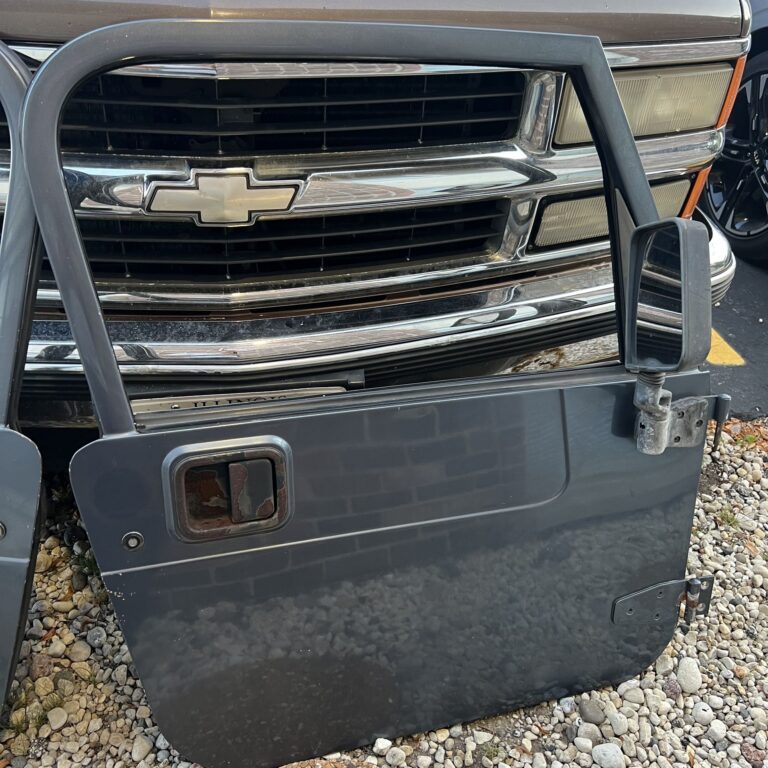Jeep Grand Cherokee Lease Questions: Your Comprehensive Guide to a Smart Lease
Jeep Grand Cherokee Lease Questions: Your Comprehensive Guide to a Smart Lease jeeps.truckstrend.com
Leasing a vehicle has become an increasingly popular option for drivers who desire the latest models, lower monthly payments, and less long-term commitment than purchasing. Among the diverse range of vehicles available, the Jeep Grand Cherokee stands out as a top contender, offering a blend of rugged capability, luxurious comfort, and cutting-edge technology. However, the world of auto leasing can be complex, filled with jargon and intricate calculations. For prospective lessees of this iconic SUV, understanding the ins and outs of a lease agreement is paramount.
This comprehensive guide, "Jeep Grand Cherokee Lease Questions," is designed to demystify the leasing process, providing you with the essential knowledge, practical advice, and actionable insights needed to make an informed decision. From understanding key financial terms to navigating the negotiation table, we’ll equip you with the answers to the most common, and crucial, questions about leasing a Jeep Grand Cherokee.
Jeep Grand Cherokee Lease Questions: Your Comprehensive Guide to a Smart Lease
What is Leasing and Why Consider It for a Grand Cherokee?
At its core, leasing is like a long-term rental agreement. Instead of buying the vehicle outright, you pay for the depreciation of the vehicle over a set period, plus interest and fees. For the Jeep Grand Cherokee, a vehicle known for its premium features and higher MSRP, leasing offers several compelling advantages:
- Lower Monthly Payments: Since you’re only paying for the depreciation during your lease term, monthly lease payments are typically significantly lower than loan payments for the same vehicle. This allows you to drive a more expensive Grand Cherokee trim than you might otherwise afford to purchase.
- Access to New Models: Leasing allows you to drive a brand-new Grand Cherokee every few years, ensuring you always have the latest safety features, technology, and design.
- Warranty Coverage: Most lease terms (e.g., 24 or 36 months) align with the manufacturer’s bumper-to-bumper warranty, meaning most unexpected repairs are covered, reducing out-of-pocket expenses.
- Reduced Depreciation Risk: You don’t bear the full burden of depreciation, which is the biggest cost of new car ownership. At the end of the lease, you simply return the vehicle (barring excess wear or mileage).
- Tax Advantages for Businesses: For business owners, lease payments can often be tax-deductible, offering another financial incentive.
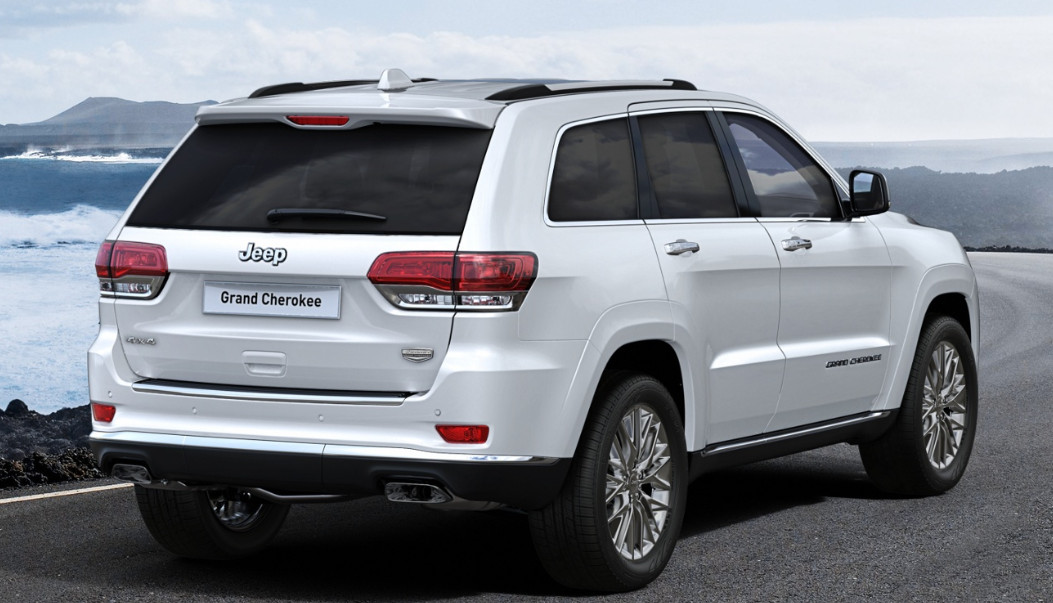
Key Questions to Ask Before Leasing a Grand Cherokee
Understanding the following terms and asking the right questions will empower you during your lease negotiations:
1. What is the Capitalized Cost (Cap Cost)?
This is essentially the "price" of the car that your lease is based on. It’s similar to the selling price in a purchase. You want this number to be as low as possible. Ask if it includes any add-ons or fees you don’t want.
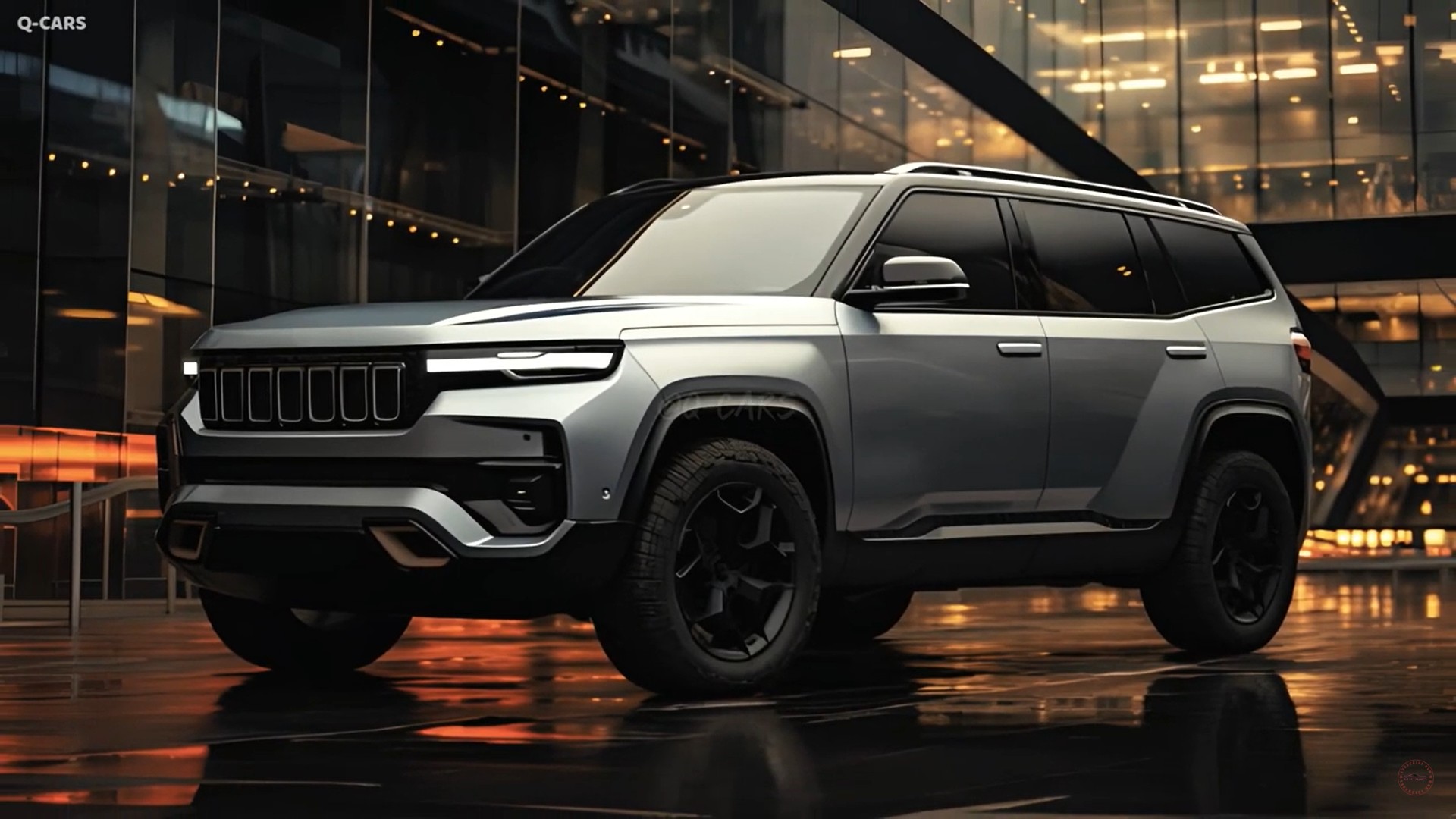
2. How are My Monthly Payments Calculated?
Monthly payments are primarily determined by:
- (Capitalized Cost – Residual Value) / Lease Term (in months) = Depreciation Portion
- *+ (Capitalized Cost + Residual Value) Money Factor = Finance Charge Portion**
- + Taxes and Fees
Lowering the Cap Cost or increasing the Residual Value will reduce your payment.
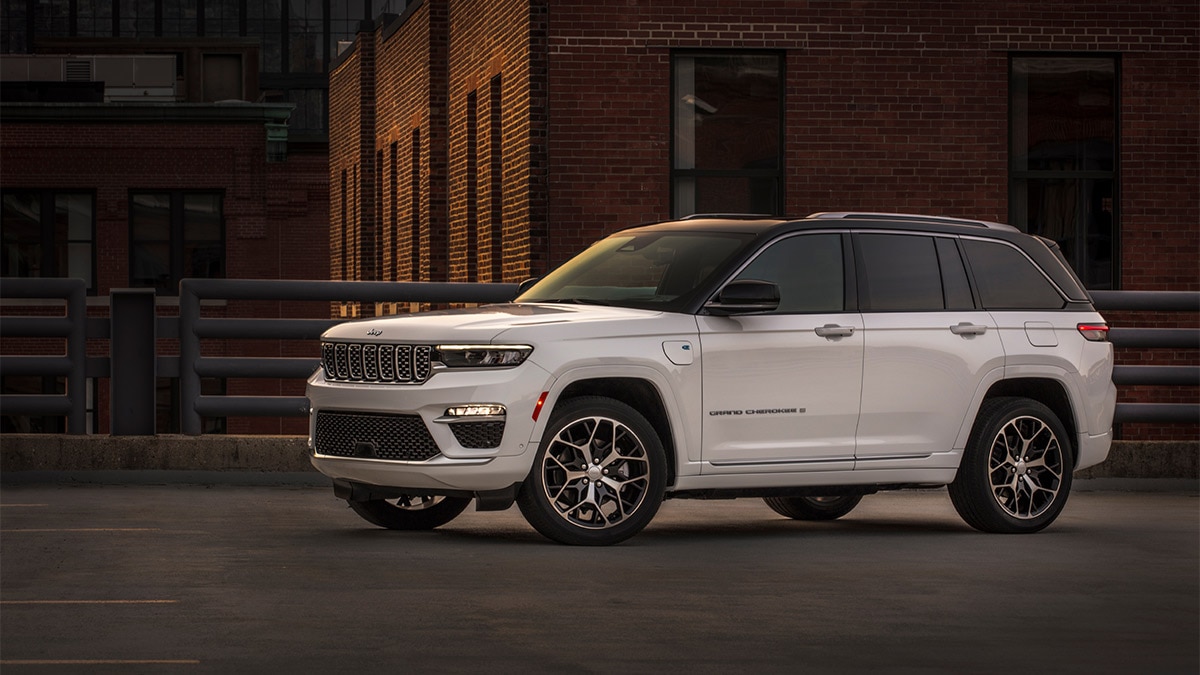
3. What is the Residual Value?
This is the estimated value of the Grand Cherokee at the end of your lease term, expressed as a percentage of the MSRP. A higher residual value means less depreciation for you to pay for, resulting in lower monthly payments. Jeep Grand Cherokees often have relatively strong residual values due to their popularity.
4. What is the Money Factor (Lease Rate)?
Often expressed as a very small decimal (e.g., 0.00250), the money factor is the interest rate you’re paying on your lease. To convert it to an APR, multiply by 2400 (e.g., 0.00250 * 2400 = 6% APR). A lower money factor means lower finance charges. You can negotiate the money factor, especially if your credit is excellent.
5. What Lease Terms and Mileage Limits are Available?
Common lease terms are 24, 36, or 48 months. Mileage limits typically range from 10,000 to 15,000 miles per year. Be realistic about your driving habits. Exceeding mileage limits can incur penalties of $0.15-$0.25 per mile at lease end. You can often pre-purchase extra miles at a lower rate upfront.
6. What Are the Upfront Costs? (Due at Signing)
These can include:
- Down Payment (Cap Cost Reduction): Money paid upfront to reduce the capitalized cost, lowering monthly payments. While it reduces monthly costs, it’s generally advisable to put down as little as possible on a lease to minimize risk if the vehicle is totaled.
- First Month’s Payment: Standard.
- Acquisition Fee: A fee charged by the leasing company for setting up the lease (typically $595 – $995).
- Documentation Fees: Dealer administrative fees.
- Taxes and Registration Fees: Varies by state.
7. What is the Disposition Fee?
This is a fee charged at the end of the lease when you return the vehicle, covering the cost of preparing it for resale (typically $300 – $500). It’s sometimes waived if you lease another vehicle from the same brand/dealer.
8. What is Considered "Normal Wear and Tear"?
Lease agreements define what constitutes acceptable wear and tear. Dings, dents, scratches, and tire wear beyond normal limits can result in charges at lease end. Ask for a clear definition and perhaps a wear and tear guide from the dealer or leasing company. Consider purchasing excess wear and tear protection if you’re concerned.
9. What Are the Penalties for Early Termination?
Life happens. If you need to end your lease early, penalties can be substantial, often requiring you to pay the remaining depreciation, outstanding fees, and possibly an early termination fee. Understand these clauses thoroughly.
10. What Are the Insurance Requirements?
Leasing companies typically require higher liability coverage, comprehensive, and collision insurance than if you owned the vehicle outright, to protect their asset. Factor these costs into your budget.
11. Who is Responsible for Maintenance?
You are responsible for routine maintenance (oil changes, tire rotations, etc.) as per the manufacturer’s schedule. Adhering to this is crucial to avoid penalties for neglect at lease end. Some leases include maintenance plans, which can be beneficial.
12. What Are My Options at the End of the Lease?
You typically have three choices:
- Return the vehicle: Pay any outstanding fees (mileage, wear and tear, disposition) and walk away.
- Buy the vehicle: Purchase the Grand Cherokee for its residual value, plus any purchase option fees. This can be a good option if you love the car and its market value is higher than the residual.
- Lease a new vehicle: Trade in your current lease for a new one, often with loyalty incentives.
Navigating the Negotiation Process
Don’t just focus on the monthly payment. Here’s how to negotiate effectively:
- Negotiate the Capitalized Cost: Treat this like the purchase price. Get quotes from multiple dealerships. A lower Cap Cost directly reduces your monthly payment.
- Know Your Money Factor: Research current money factors for excellent credit. Don’t be afraid to ask the dealer for the exact money factor they are using.
- Understand the Residual Value: This is set by the leasing company (often Chrysler Capital for Jeep) and is usually non-negotiable, but understanding it helps you compare offers.
- Avoid Excessive Down Payments: While a large down payment lowers monthly payments, it’s money you won’t get back if the car is stolen or totaled. Consider a small "due at signing" amount covering just the first month, fees, and taxes.
- Read the Lease Agreement Thoroughly: Before signing, ensure all agreed-upon terms (Cap Cost, money factor, mileage, fees) are accurately reflected.
Understanding Grand Cherokee Trims and Their Impact on Lease
The Jeep Grand Cherokee comes in various trims, from the entry-level Laredo to the luxurious Summit Reserve and the performance-oriented Trackhawk (for older models) or the new Grand Cherokee 4xe (PHEV). Each trim level has a different MSRP, which directly impacts the Capitalized Cost and, consequently, your monthly lease payment.
- Higher Trims, Higher Payments: More expensive trims will naturally have higher lease payments, even with similar residual percentages.
- Residual Value Variation: While generally strong, the residual value percentage can sometimes vary slightly between trims. Popular, well-equipped mid-range trims (like Limited or Overland) often hold their value well.
- Features vs. Cost: Decide which features are essential for you. A lower trim might offer a more attractive lease payment while still providing the core Grand Cherokee experience. The Grand Cherokee L (three-row) also has its own residual considerations.
Tips for a Smooth Grand Cherokee Lease Experience
- Test Drive Thoroughly: Ensure the specific Grand Cherokee trim and features meet your needs before committing.
- Maintain Your Vehicle: Follow the manufacturer’s recommended maintenance schedule religiously. Keep all service records. This avoids penalties for neglected maintenance at lease end.
- Document Condition: Take photos or video of the vehicle’s condition when you take delivery and again before returning it. This can be crucial in disputing any excess wear and tear charges.
- Monitor Mileage: Keep track of your odometer. If you’re approaching your limit, consider options like buying extra miles or exploring an early buyout.
- Plan for Lease End: About 90 days before your lease ends, contact the leasing company to understand the return process, schedule inspections, and explore your end-of-lease options.
Potential Challenges and Solutions
- Exceeding Mileage Limits: If you know you’ll go over, consider buying additional miles upfront (cheaper than end-of-lease penalties) or explore an early buyout if the residual value is favorable.
- Excessive Wear and Tear: Get an independent inspection before returning the vehicle. Repair minor issues (e.g., small scratches, dings) yourself if it’s cheaper than the dealer’s charge.
- Early Termination: This is generally costly. Explore options like a lease transfer service (where someone else takes over your lease, though not always easy to find) or negotiating with the dealer if you’re getting a new car from them.
- Negative Equity: If the market value of your Grand Cherokee is significantly less than its residual value at lease end, you’ve made a good decision to lease. If it’s more, you might consider buying it out.
Key Jeep Grand Cherokee Lease Terms and Considerations Table
| Lease Term/Factor | Description & Impact | Typical Range/Consideration |
|---|---|---|
| Capitalized Cost | The agreed-upon "price" of the vehicle used to calculate depreciation. Negotiable. | Aim for lowest possible (MSRP – negotiated discount). |
| Residual Value | Estimated value of the vehicle at lease end (as % of MSRP). Set by lessor. Not Negotiable. | Jeep Grand Cherokees often have strong residuals (e.g., 55-65% for 36 months/12k miles). Higher % = lower payments. |
| Money Factor | The interest rate on your lease. Multiply by 2400 for APR. Negotiable for good credit. | Varies (e.g., 0.00150 – 0.00350). Lower is better. |
| Lease Term | Duration of the lease agreement in months. | 24, 36, 39, 42, 48 months. Shorter terms often have higher residuals but higher payments. |
| Mileage Limit | Annual mileage allowance. Exceeding incurs penalties. | 10,000, 12,000, 15,000 miles/year. Choose realistically to avoid overage fees ($0.15-$0.25/mile). |
| Acquisition Fee | Fee charged by the leasing company for lease setup. Sometimes negotiable/waivable. | Typically $595 – $995. |
| Disposition Fee | Fee charged at lease end for returning the vehicle. Sometimes waived with new lease. | Typically $300 – $500. |
| Down Payment (Cap Cost Reduction) | Upfront payment to reduce the Capitalized Cost and lower monthly payments. Optional. | As low as possible, ideally just first month, fees, taxes. Reduces risk if vehicle is totaled. |
| Monthly Payment | Your regular payment, covering depreciation, finance charges, taxes. | Varies widely based on trim, term, mileage, and negotiated Cap Cost/Money Factor. Focus on the overall deal, not just this number. |
| Wear & Tear Policy | Defines what is considered acceptable wear vs. chargeable damage. | Get a written guide. Consider excess wear & tear protection. |
Frequently Asked Questions (FAQ)
Q1: Is it better to lease or buy a Jeep Grand Cherokee?
A1: It depends on your priorities. Lease if you want lower monthly payments, always drive a new car, are covered by warranty, and don’t drive excessive miles. Buy if you plan to keep the car long-term, drive many miles, want full ownership, or customize your vehicle.
Q2: Can I negotiate the price of a leased Grand Cherokee?
A2: Yes, you absolutely can and should negotiate the "Capitalized Cost," which is the selling price of the vehicle the lease is based on. This is the most impactful negotiation point.
Q3: What credit score do I need to lease a Grand Cherokee?
A3: Generally, a good to excellent credit score (typically 680 FICO or higher) is required to qualify for the best lease rates (money factor). Lower scores may result in higher money factors or require a larger down payment.
Q4: What happens if I go over my mileage limit?
A4: You will be charged a per-mile penalty (e.g., $0.15-$0.25 per mile) for every mile exceeding your limit. It’s often cheaper to purchase additional miles upfront if you anticipate going over.
Q5: Can I get out of my Jeep Grand Cherokee lease early?
A5: You can, but it’s usually expensive. Options include paying substantial early termination fees, trading it in (though you’ll likely owe the difference), or finding someone to take over your lease (a lease transfer).
Q6: What’s the best lease term for a Grand Cherokee?
A6: A 36-month lease with 10,000-12,000 miles per year is often the "sweet spot" for many lessees, balancing lower payments with staying within warranty coverage and getting a new car frequently.
Conclusion
Leasing a Jeep Grand Cherokee can be an excellent way to enjoy this versatile and luxurious SUV without the long-term commitment and higher monthly payments of a purchase. By understanding the key terms – Capitalized Cost, Residual Value, and Money Factor – and by asking the right questions, you empower yourself to navigate the leasing process confidently. Remember to negotiate, read all fine print, and plan for your vehicle’s use and return. Armed with this knowledge, you’re well on your way to a smart and satisfying Jeep Grand Cherokee lease experience.
